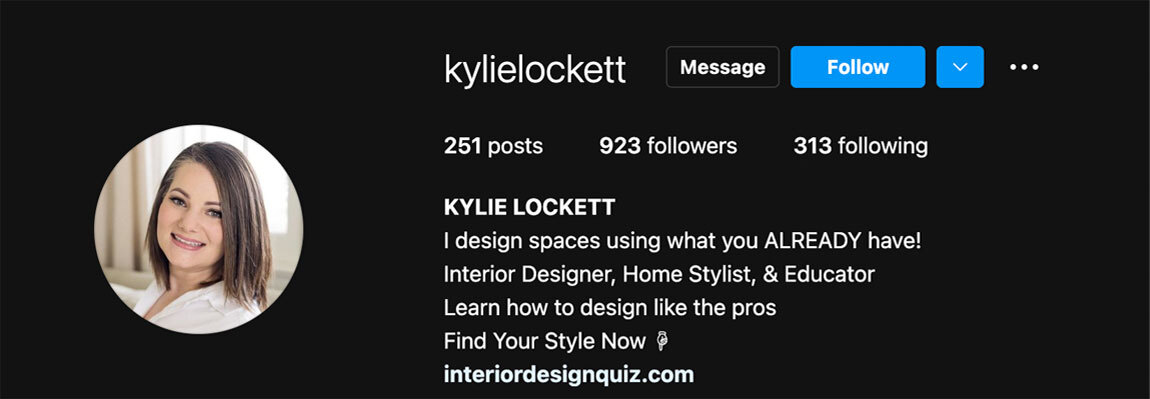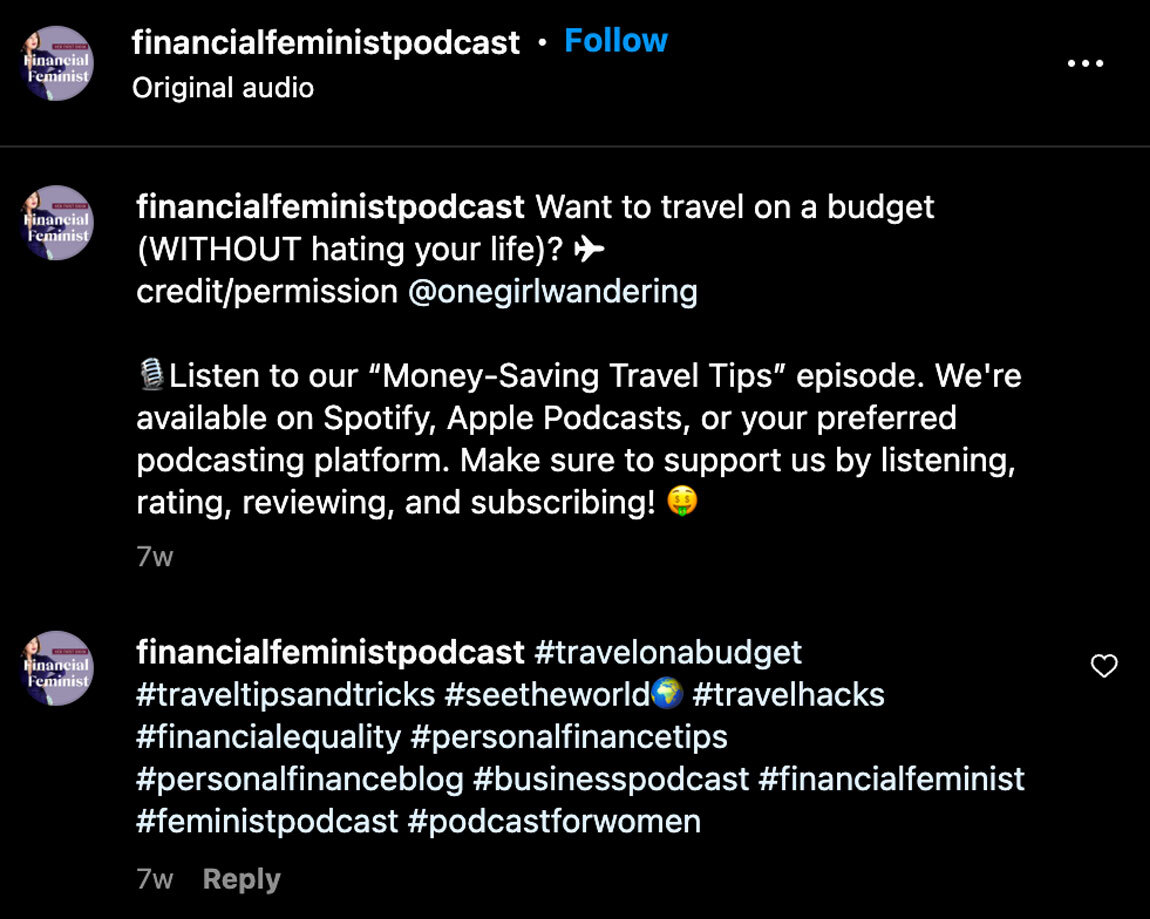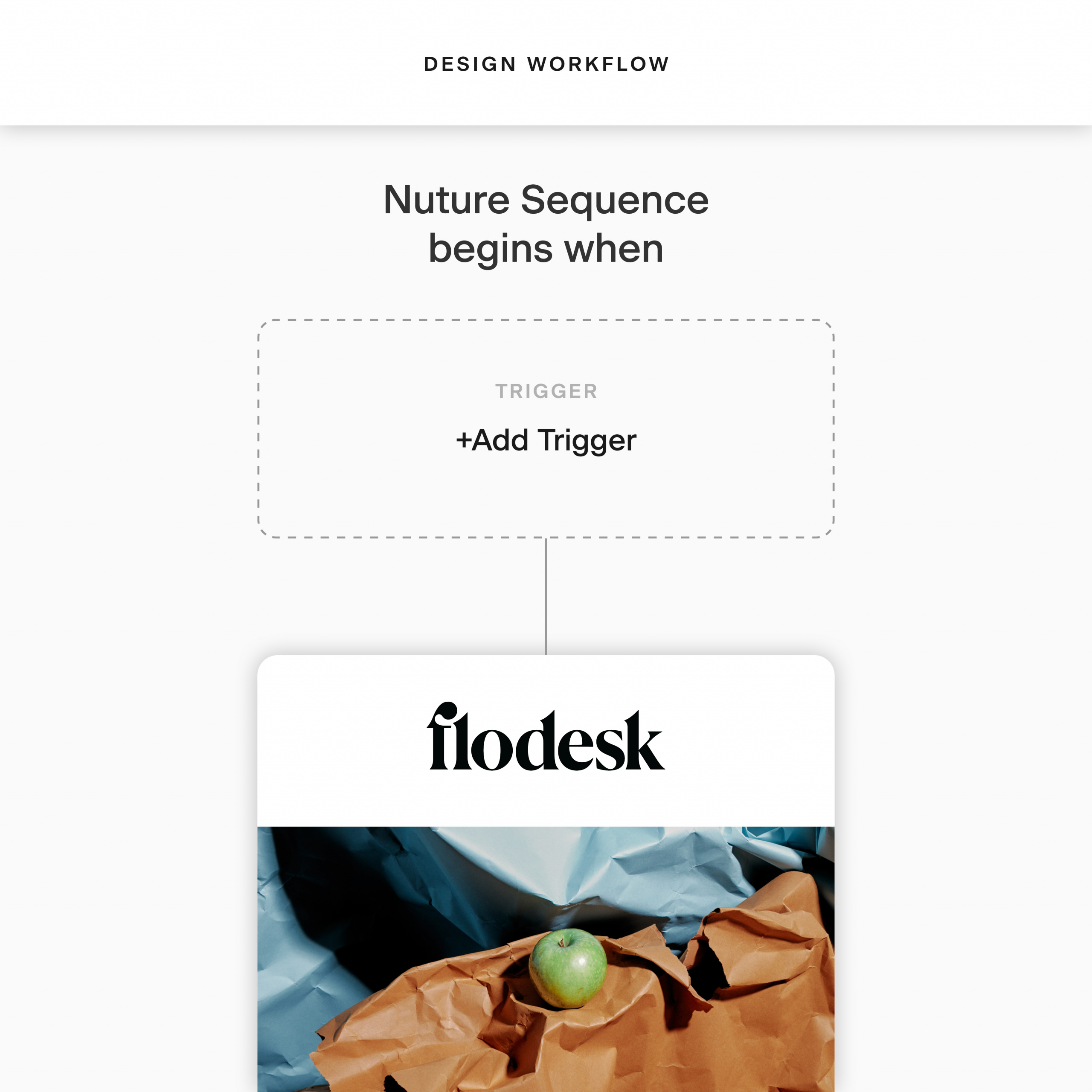Social media and email marketing: The SMB marketing dream team?
Table of Contents Jump to:
Jump to:
Table of contents
TL;DR: Some things are just better together—like email marketing and social media. Leverage this powerful duo to grow your list and your bank account.
Like peanut butter and jelly or grilled cheese and tomato soup, social media and email marketing are the perfect marketing combination for small businesses. While social media and email marketing are solid strategies individually, they are even more impactful when they join forces.
Let’s explore how these two marketing strategies can work for your small business!
Sky-high ROI? Say hello to email marketing
Have you spent hours perfecting your newsletter? Got lost in the millions of Canva templates for your next social post? Wondering if any of it will boost your return on investment (ROI)? I’ve been there too!
But before you question if all that work is worth it, remember that ROI, all that cash, sales, conversions—whatever you call it—is all a direct result of your marketing efforts.
Where email wins
Research shows that for every dollar you spend on email marketing, you get $36 back, giving email marketing the highest return on investment of all marketing channels.
Think about your social media audience and email marketing subscribers like patrons to your storefront. You own a brick-and-mortar that thousands of people pass by every day. These people are like your social media audience—diverse, vast and probably not going to stop into your store. Then you’ve got the passersby who stop into your store, look around and occasionally purchase from you. They’re your email subscribers—fewer, but engaged and interested in what you’ve got going on in your shop.
It’s easy to see why email marketing beats out social media in the ROI game—your subscribers are the ones stopping into your store.
Those storefront visitors are the ones who subscribe to your email list and every time you land in their inboxes, it’s because they willingly signed up for your email. They told you they want to hear from you and engage with your business.
Just because email marketing brings in more ROI doesn’t mean social media doesn’t play a part. According to Sprout Social, people are almost 58 percent more likely to buy from a brand they follow on social media.
Use your social media accounts to build your brand awareness and a following. You can create captivating content that leaves your followers wanting more and then direct them to your email list to get the exclusive content they crave.
Use both social media and email marketing to supercharge your efforts. Flodesk member Karen H. of The May Creative suggests using social media to “cultivate a community of people with similar interests.” She views email marketing as a way “to send curated content based on what your audience is most interested in, allowing you to personalize their needs”—ie, giving them access to that exclusive content you don’t share on social.
Remember, you’re in it for the long haul, so you need to nurture your subscribers before they’re ready to make a purchase.
Pro tip: Share lead magnets (yes, that includes quizzes!) and sign-up forms across your social media channels to help grow your list.
Take a look at the example below. Notice how Kylie (owner of Oxford Avenue) uses her social media account to drive users to sign up for her email list via an interior design quiz? It’s the perfect way to funnel that broad social media audience into an engaged group that wants to hear from (and eventually spend money with) you.
Social media can feel a bit overwhelming. Instagram, Facebook, Twitter, TikTok, Pinterest—there are so many different platforms, algorithms and varying content requirements to consider. But with the potential to reach and engage millions of people almost effortlessly, it’s worth taking some time to figure it out.
Not convinced? Hootsuite, a social media management platform, highlights some compelling stats that may have you revamping your dusty Facebook account or rethinking your social media strategy:
- Over 4.62 billion people globally use social media
- In 2021, social media usage grew at an average rate of just over 13 new users every second. Yes, every second
Email marketing allows you to engage subscribers in one place: their inboxes. With social media, however, you can reach people on as many social media platforms as you wish. If you’re on Snapchat, Instagram, LinkedIn, TikTok, Facebook and Pinterest, you have endless opportunities on every platform to reach a vast audience. After all, new users sign up every day. More users, more chances of “going viral,” which can garner millions of views, likes, comments and more.
You can also create a variety of content your audience wants or needs. If they don’t want to read blogs or lengthy emails, you can create quick video clips, funny reels or even beautiful photographs with perfectly-worded captions to connect with your audience and share the content they love.
Perhaps the best part about the content you share is that you can create hashtags to broaden your reach to people who may not know you exist but discover your content because it relates to their topics of interest.
For example, I tag every post I create on Instagram with the hashtag #writing or #writingtips because I know my audience is interested in those topics. If you’re a sustainable clothing brand, you might consider hashtags like #sustainablelifestyle, #sustainability or #ecofashion so people following those hashtags or interested in them can find you.
Pro tip: Use social media to build brand awareness and reach a large audience. Drive those who engage with you on social to your email sign-up form so you can meet them in their inboxes, too (and nurture them into making an eventual purchase).
The Financial Feminist podcast by Her First $100K uses hashtags like #personalfinancetips and #businesspodcast to reach a large audience who is likely interested in or curious about personal finance—which is what Her First $100K is all about.
Where email can help
Social media is a great place to drive people to your email forms, but did you know you can also use email to get people to your social media pages? Like with Flodesk, you can include over a dozen social media platforms in the footer of your emails, making it easy for subscribers to find your social accounts and interact with you (and share your content) outside of the inbox too!
Is your audience truly yours? Unfortunately, with social media, you’re always fighting the algorithm. One week, Instagram promotes reels content, and the next week, static posts are the top priority. Due to constant changes in social media algorithms, you have no control over whether your audience sees your content. But if you can take your social media audience to the inbox, you have total control over who sees your content. Flodesk member Marisa L. of her namesake business understands there’s no beating the algorithm and instead takes a different approach with her clients:
“I sit my clients down to discuss the role social media plays for their business. Many come with dreams of beating the algorithm and growing an account with many thousands of followers. Based on my experience, a smaller social media audience that opts into your newsletter mailing list is far more valuable than a large social media audience who may never be interested in stepping foot into your storefront.”
While you want to reach a large audience, keep in mind that only a fraction of those people will be your target audience. So, as Marisa suggests, focus on the followers or audience who are serious by inviting them into your inbox. Then you can funnel “passive content consumers (social media) into a pool of serious potential buyers (newsletter mailing list).”
When social media and email marketing work alongside each other to build an audience (social media) and engage them consistently (email marketing), your small business wins.
Different strategies for different stages
Social media and email marketing are not mutually exclusive (and they shouldn’t be). You should use both as part of an overall marketing strategy and apply them where it most makes sense. Take a look at these two stages, for example:
- Attract. Do the people who would love your brand most know you exist? Have they heard about your competitors but have yet to discover you? Thanks to the billions of people using social media and the ability to reach nearly anyone from every corner of the earth, social media is one of the best ways to build brand awareness.
You already know you can leverage hashtags to expand your reach further, but paid ads are another tactic you can deploy to get more eyes on your content (impressions) and build a following of brand enthusiasts. - Nurture. Once people have subscribed to your list, it’s your job to foster a relationship with them. While the goal may be for them to eventually buy your goods or services, you can’t immediately bombard your subscribers with sales emails.
Get to know your subscribers and the content they want from you. Do they like short video clips with tips on being a better painter? Do they want behind-the-scenes photos of your latest product shoot? Or do they prefer blog posts that detail how-to tips? Nurture your subscribers by tailoring your content, creating high-value newsletters and eventually asking for the sale.
Pro tip: Treat your subscribers as humans first. They’re so much more than a sale for your business.
Better together
If you’re debating which strategy is right for you, think back to our peanut butter and jelly example. Both are great, but when combined, you can make magic. Email marketing and social media are better together. They feed each other—emails with social icons in the footer help build your social media following while funneling social media followers into your subscriber base grows your list (and possibly sales).
The possibilities are endless with social media and email marketing. So what are you waiting for? If you’ve already set up your socials but have yet to get started with email marketing, you’ve come to the right place. Get started for free with Flodesk and watch as your list and sales grow.





